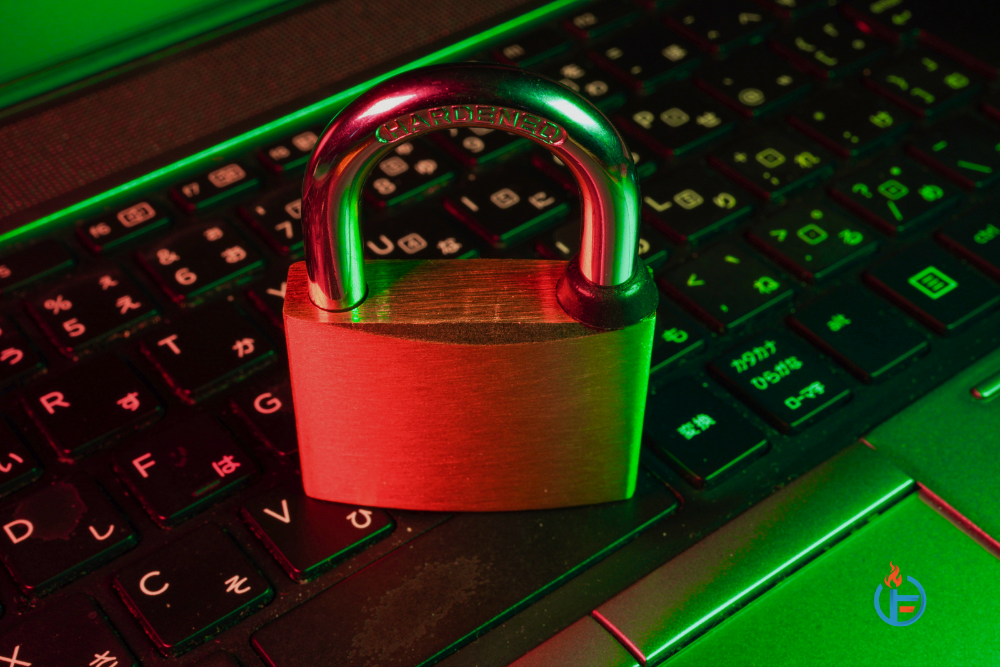In a world where data breaches have become commonplace, organizations must take the extra mile to keep confidential data safe. Navigating the world of everything digital is far from easy, especially when cyber criminals create new schemes to steal precious information. Because of the ever-changing digital landscape, many organizations were left in the dark when it came to good data practices.
A framework adopted to combat data privacy issues, Service Organization Control 2 (SOC 2) safeguards valuable data and improves customer trust. Let’s get to know more about this compliance standard.
What Is SOC 2?
SOC 2 is a type of report developed by the American Institute of Public Accountants that focuses on the controls for security and confidentiality. It’s a document that business partners can request to evaluate an organization’s security posture. Hence, it’s played. These are one of the three frameworks developed by the AIPA to assess different controls in an organization.
If there’s SOC 2, it isn’t a far-fetched idea that another framework like SOC-1 would exist. Indeed, it does. SOC 1 evaluates any controls related to financial reporting. While SOC 2 would be requested to assess an organization’s level of security, SOC 1 is requested to evaluate the impact of an organization on a client’s financial statements.
SOC 3 is SOC 2’s closer sibling as they share more similarities. In fact, the former is based on SOC 2 itself. It’s a summary of SOC 2 that can often be viewed publicly, even going as far as being made publicly available on a company website. That’s the main difference between the two frameworks – SOC 3 serves as a summary of SOC 2 that’s available for public consumption, while SOC 2 is only available for the viewing of business partners.
Benefits of SOC 2 Compliance
The biggest advantage of SOC 2 compliance is the reduced risk of data breaches. These attacks not only leak confidential data but also cause long-term financial burdens to any organization. A data leak tarnishes the reputation of an organization, therefore reducing customer trust, not to mention the filed lawsuits that come with these attacks.
Lastly, SOC 2 compliance keeps an organization ahead of the game. In a world where many companies start to boast strikingly similar services, differentiating yourself with top-notch security is key. Organizations that comply with this framework set themselves apart, especially with security-conscious clients.
How to Achieve SOC 2 Compliance
Achieving SOC 2 compliance isn’t an overnight effort, and rather it’s an ordeal that requires a high level of organization and strong attention to detail. And more often than not, it’s a collaborative effort between cross-functional teams. In this article, we’ll get into detail on how you can achieve SOC 2 compliance to strengthen your data security and privacy practices:
Conduct an Assessment
First things first – conduct an assessment. Review the essential processes to identify any strengths or areas of improvement. If you identify specific controls that do not meet SOC 2 compliance standards, then these must be prioritized. Determining your critical deficiencies helps you set a road map for proper implementation of SOC 2 compliance.
Identifying Weaknesses and Gaps
While it’s just as important to recognize your strengths, let’s focus on the previous point of identifying your weaknesses and gaps. For example, one critical area for assessment is your access controls. Are authorized individuals gaining access to restricted resources? It helps, for example, to implement stringent measures such as two-factor authentication at the minimum to ensure data privacy.
Education is your best weapon against your learning gaps. That’s why training your employees on current cybersecurity practices aids in maintaining SOC 2 compliance. Training programs or seminars can cover topics including password management and recognition of phishing attempts. As cybercriminals get smarter, keeping up to speed with them prevents the risk of data breaches.
Strengthen Security Controls
Implementing robust security measures include enhancing your network security. That means setting up firewalls and securing remote access to bolster your network infrastructure. Another essential safety measure is data encryption – a security method where data can only be accessed by users with a correct encryption key.
Safeguarding Privacy
One way to properly implement guidelines in compliance with SOC 2 standards is to establish privacy policies. Documenting these rules allows you to discuss your organization’s approach to handling data and implementing mechanisms to obtain user consent for data collection.
Engage in Continuous Improvement
Achieving SOC 2 compliance is a long journey that every organization must embark on – part of that journey is to engage in continuous improvement. Conducting regular risk assessments helps identify the vulnerabilities in your organization and, in turn, helps you plan for worst-case scenarios. Conducting internal or external audits is also crucial to meeting the standards for SOC 2 compliance.
In Conclusion
Unlocking the potential of SOC 2 strengthens any organization’s data security and privacy practices. It all starts with conducting assessments where you determine your vulnerabilities and strengthen them. But all of these efforts must be a continuous improvement process and not a one-time event. Only then will you be able to truly achieve SOC 2 compliance.
We hope this article has provided you with valuable insights into the world of SOC 2 compliance. Visit our blog for more articles on finance, health, lifestyle, and tech.


Recent Comments